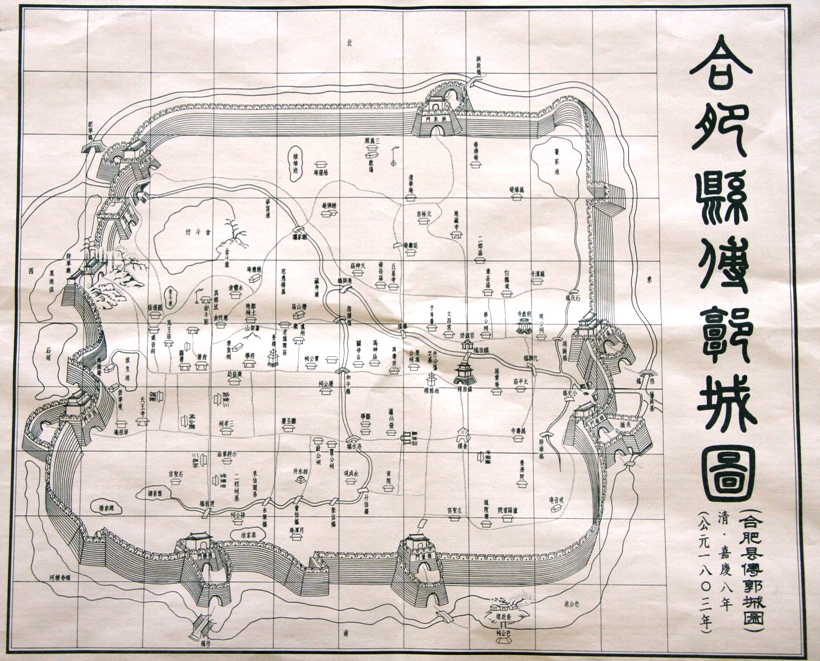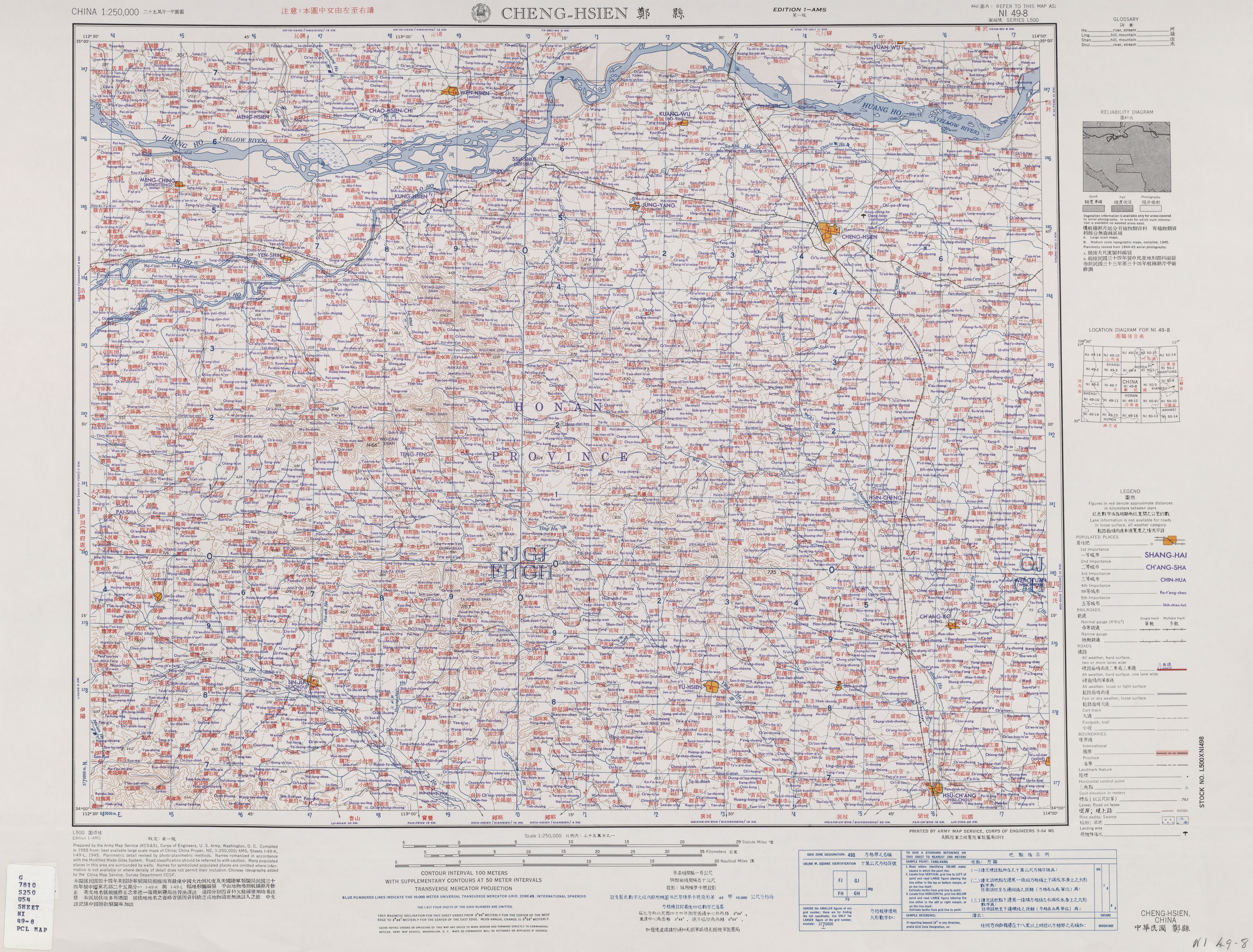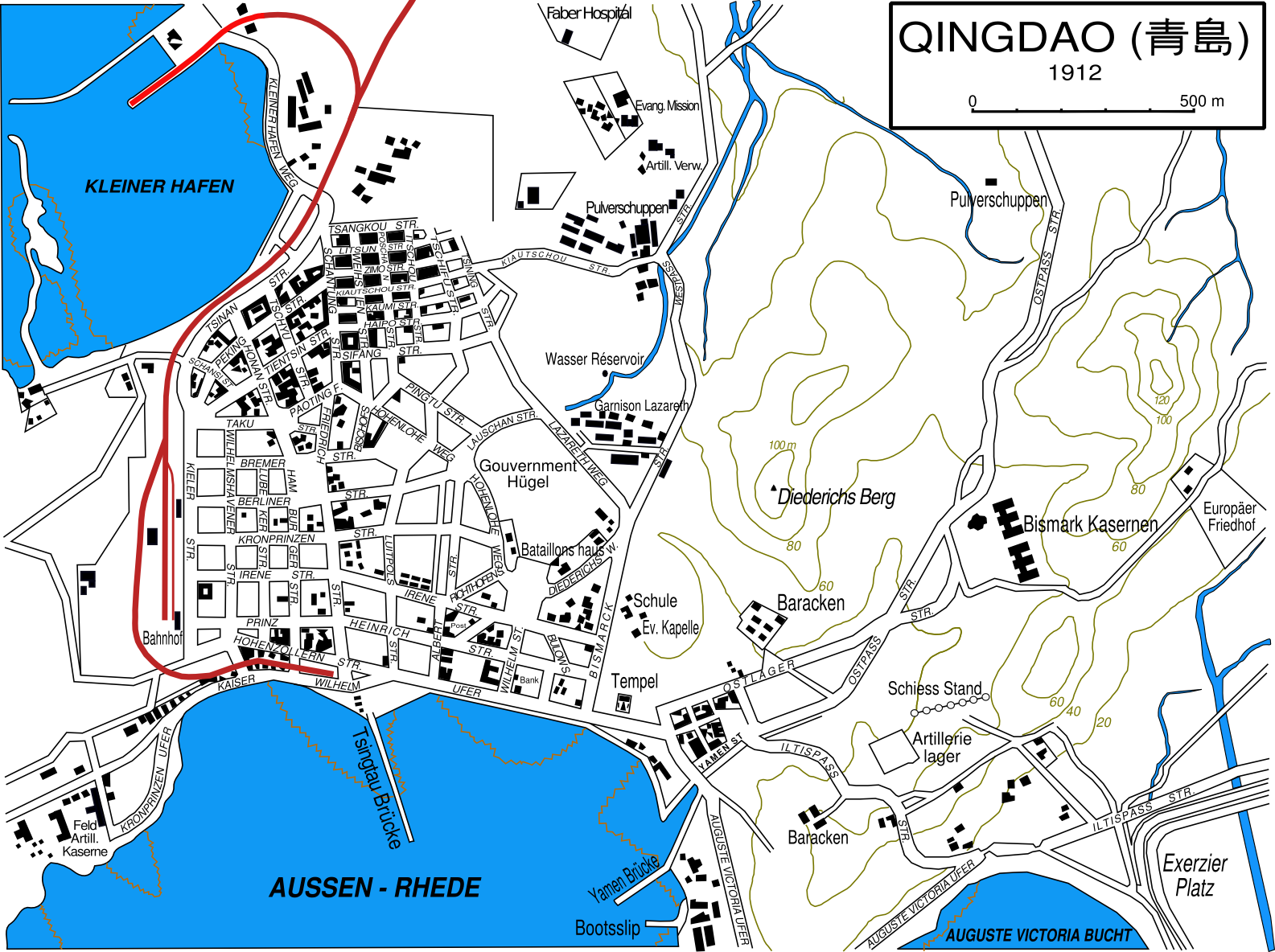|
The Invincible World Tour
The Invincible World Tour ( Chinese: 地表最強世界巡迴演唱會) was the seventh concert tour by Taiwanese recording artist Jay Chou, held in support of his fourteenth studio album '' Jay Chou's Bedtime Stories'' (2016). The tour began in Shanghai at the Mercedes-Benz Arena on June 30, 2016, and spanned 120 dates in various countries including China, Malaysia, Singapore, United Kingdom, Taiwan, Australia, the United States, and France. The tour attracted an estimated total of 3 million people. Production The Invincible World Tour in Taipei saw upgraded outfits, visual and special effects, and stage props. The concert was divided into eight thematic sections, each offering a different experience. The total production cost surpassed NT$180 million, making it the most expensive concert held by Chou up to that point. A live album of the tour was released in November 2019. Commercial performance Pollstar ranked Chou's June 2018 Shanghai concert at number 36 in their annual ... [...More Info...] [...Related Items...] OR: [Wikipedia] [Google] [Baidu] |
Jay Chou
Jay Chou Chieh-lun ( zh, s=周杰伦, t=周杰倫, first=t, p=Zhōu Jiélún; born 18 January 1979) is a Taiwanese singer-songwriter, actor, director, and businessman. Regarded as one of the most influential artists in the Chinese-speaking world, he is widely referred to as the "Honorific nicknames in popular music, King of Mandopop". Chou's works, which often Zhongguo feng (music), blend Eastern and Western styles, has been recognized for its impact on musical trends in the Greater China region. Chou signed to Alfa Music in 2000, and made his debut with the studio album ''Jay (album), Jay'' (2000). He rose to prominence with his second album ''Fantasy (Jay Chou album), Fantasy'' (2001), which became one of the List of best-selling albums in Taiwan, best-selling albums in Taiwan in the 21st century. Chou incorporated diverse genres such as Rhythm and blues, R&B and alternative rock in albums such as ''Yeh Hui-Mei'' (2003) and ''November's Chopin'' (2005), as well as influences f ... [...More Info...] [...Related Items...] OR: [Wikipedia] [Google] [Baidu] |
Stadium Merdeka
The Independence Stadium or Merdeka Stadium is a stadium in Kuala Lumpur, Malaysia. It is known as the site of the formal declaration of independence of the Federation of Malaya on 31 August 1957. The stadium is also the site of the proclamation of Malaysia on 16 September 1963. Currently owned by Permodalan Nasional Berhad (PNB), the stadium has a lower and an upper terrace, with a total capacity of 25,000. It has 14 tunnels entrance, a covered stand, 50 turnstiles and 4 floodlight towers. The stadium was designed by American architect Stanley Jewkes, under the instruction of the first Prime Minister of Malaysia, Tunku Abdul Rahman. Upon its completion, the stadium holds the world record for the tallest prestressed floodlight towers and the biggest cantilever shell roofs. The stadium was the largest stadium in the Southeast Asia at the time of completion. The stadium was the principal venue in Kuala Lumpur for celebrations and sporting events until 1998 when the National ... [...More Info...] [...Related Items...] OR: [Wikipedia] [Google] [Baidu] |
Hefei Olympic Sports Center Stadium
The Hefei Sports Centre Stadium is a football stadium in Hefei, China. It used to host the China League Two side Anhui Litian. The stadium has a capacity of 60,000. International matches See also * List of football stadiums in China * List of stadiums in China *Lists of stadiums The following are lists of stadiums throughout the world. Note that horse racing and motorsport venues are not included at some pages, because those are not stadiums but sports venues. Combined lists *List of stadiums by capacity * List of c ... Football venues in China Athletics (track and field) venues in China Sports venues in Anhui Buildings and structures in Hefei 2008 in Hefei {{PRChina-sports-venue-stub ... [...More Info...] [...Related Items...] OR: [Wikipedia] [Google] [Baidu] |
Hefei
Hefei is the Capital city, capital of Anhui, China. A prefecture-level city, it is the political, economic, and cultural center of Anhui. Its population was 9,369,881 as of the 2020 census. Its built-up (or ''metro'') area is made up of four urban districts plus Feidong, Feixi and Changfeng counties being urbanized, and was home to 7,754,481 inhabitants. Located in the central portion of the province, it borders Huainan to the north, Chuzhou to the northeast, Wuhu to the southeast, Tongling to the south, Anqing to the southwest and Lu'an to the west. A natural hub of communications, Hefei is situated to the north of Chao Lake and stands on a low saddle crossing the northeastern extension of the Dabie Mountains, which forms the divide between the Huai River, Huai and Yangtze rivers. The present-day city dates from the Song dynasty. Before World War II, Hefei remained essentially an administrative centre and the regional market for the fertile plain to the south. It has gone thro ... [...More Info...] [...Related Items...] OR: [Wikipedia] [Google] [Baidu] |
Changzhou Olympic Sports Center
Changzhou Olympic Sports Centre (Simplified Chinese: 常州奥林匹克体育中心) is a sport complex in Changzhou, China. It is currently used mostly for various events, like concerts and athletics. The main stadium holds 38,000 people. The complex also includes the 6,200 seater Xincheng Gymnasium, an aquatic centre with 2,300 seats, and a 4,400 m2 indoor tennis hall. Association football Association football, more commonly known as football or soccer, is a team sport played between two teams of 11 Football player, players who almost exclusively use their feet to propel a Ball (association football), ball around a rectangular f ... club Changzhou Tianshan use the venue for home games. References Football venues in China Indoor arenas in China Handball venues in China Badminton venues Sports venues in Jiangsu Buildings and structures in Changzhou Sports venues completed in 2008 2008 establishments in China Sports complexes in China 2008 in Changzhou { ... [...More Info...] [...Related Items...] OR: [Wikipedia] [Google] [Baidu] |
Changzhou
Changzhou is a prefecture-level city in southern Jiangsu, China. It was previously known as Yanling, Lanling, and Jinling. Located on the southern bank of the Yangtze River, Changzhou borders the provincial capital of Nanjing to the west, Zhenjiang to the northwest, Wuxi to the east, and the province of Zhejiang to the south. The population of the Changzhou Municipality was 5,278,121 at the 2020 census.Linked from the OEChere The city is the birthplace of Zhou Youguang who created the pinyin romanization system. History As approved by State Council on June 8, 1995, Wujin County was promoted to Wujin City, with the government set in Hutang Town. In 1999, as approved by the provincial government, Taixiang Town of Jiaoqu District was revoked and incorporated into Xueyan Town of Wujin City. Changcheu.jpg, Changcheu Prefecture between the Yangtze and Lake Tai, from Martino Martini's 1655 '' Novus Atlas Sinensis''. ChangzhouOldCityDistrict.jpg, The parks and pagodas of the ol ... [...More Info...] [...Related Items...] OR: [Wikipedia] [Google] [Baidu] |
Taiyuan
Taiyuan; Mandarin pronunciation: (Jin Chinese, Taiyuan Jin: /tʰai˦˥ ye˩˩/) is the capital of Shanxi, China. Taiyuan is the political, economic, cultural and international exchange center of Shanxi Province. It is an industrial base focusing on energy and heavy chemicals. Throughout its long history, Taiyuan was the capital or provisional capital of many dynasties in China, hence the name ( zh, s=龙城, p=Dragon City, labels=no). As of 2021, the city governs 6 districts, 3 counties, and hosts a county-level city with a total area of 6,988 square kilometers and a permanent population of 5,390,957. Taiyuan is located roughly in the centre of Shanxi, with the Fen River flowing through the central city. Etymology and names The two Chinese characters of the city's name are (, "great") and (, "plain"), referring to the location where the Fen River leaves the mountains and enters a relatively flat plain. Throughout its long history, the city had various names, including ... [...More Info...] [...Related Items...] OR: [Wikipedia] [Google] [Baidu] |
Zhengzhou
Zhengzhou is the capital of Henan, China. Located in northern Henan, it is one of the nine National central city, national central cities in China, and serves as the political, economic, technological, and educational center of the province. The Zhengzhou metropolitan area (including Zhengzhou and Kaifeng) is the core area of the Central Plains Economic Zone. The city lies on the southern bank of the Yellow River. Zhengzhou is a major hub of China's domestic and international transportation network; for example, it is connected to Europe and has an international airport. Zhengzhou is a National Civilized City and a List of National Famous Historical and Cultural Cities in China, State-list Famous Historical and Culture City. As of 2020, there are two List of World Heritage Sites in China, World Cultural Heritage Sites in Zhengzhou. The Zhengzhou Commodity Exchange (ZCE) is China's first futures exchange. Zhengzhou Airport Economy Zone is China's first Airport Economy Zone. As o ... [...More Info...] [...Related Items...] OR: [Wikipedia] [Google] [Baidu] |
Yizhong Sports Center
The Qingdao Sports Center Stadium or officially Qingdao Conson Stadium ( formerly also called Guoxin Stadium) is a multi-purpose stadium in Qingdao, Shandong, China. It is currently holds 45,000 people and used mostly for association football matches. The stadium was invested by Qingdao Etsong Tobacco Group and opened in August 1999 as Etsong Sports Center Stadium (). It was the home stadium of Qingdao Etsong Hainiu and Qingdao Hailifeng. The stadium was abandoned in 2006 due to safety problems. Qingdao Conson Development Group took charge the stadium in July 2008 and changed its name as Qingdao Conson Stadium. The stadium was renovated in 2012. See also * Conson Gymnasium * Sports in China * List of football stadiums in China * List of stadiums in China * Lists of stadiums The following are lists of stadiums throughout the world. Note that horse racing and motorsport venues are not included at some pages, because those are not stadiums but sports venues. Combined lists ... [...More Info...] [...Related Items...] OR: [Wikipedia] [Google] [Baidu] |
Qingdao
Qingdao, Mandarin: , (Qingdao Mandarin: t͡ɕʰiŋ˧˩ tɒ˥) is a prefecture-level city in the eastern Shandong Province of China. Located on China's Yellow Sea coast, Qingdao was long an important fortress. In 1897, the city was ceded to Germany. For the Germans Qingdao (Tsingtau) was a strategic trade center, port and base for its East Asia Squadron, allowing the German navy to project dominance in the Pacific. In 1914, following the outbreak of World War I, Japan occupied the city and the surrounding province during the Siege of Tsingtao. In 1915, China agreed to recognize Japan's special position in the territory through what became known as the Twenty-One Demands. In 1918, the Chinese government, under the control of the warlord Duan Qirui, secretly agreed to Japanese terms in exchange for a loan. Following the First World War, during the Paris Peace Conference, Japan secured agreements with the Allied powers to recognize its claim to the areas in Shandong, which in ... [...More Info...] [...Related Items...] OR: [Wikipedia] [Google] [Baidu] |




